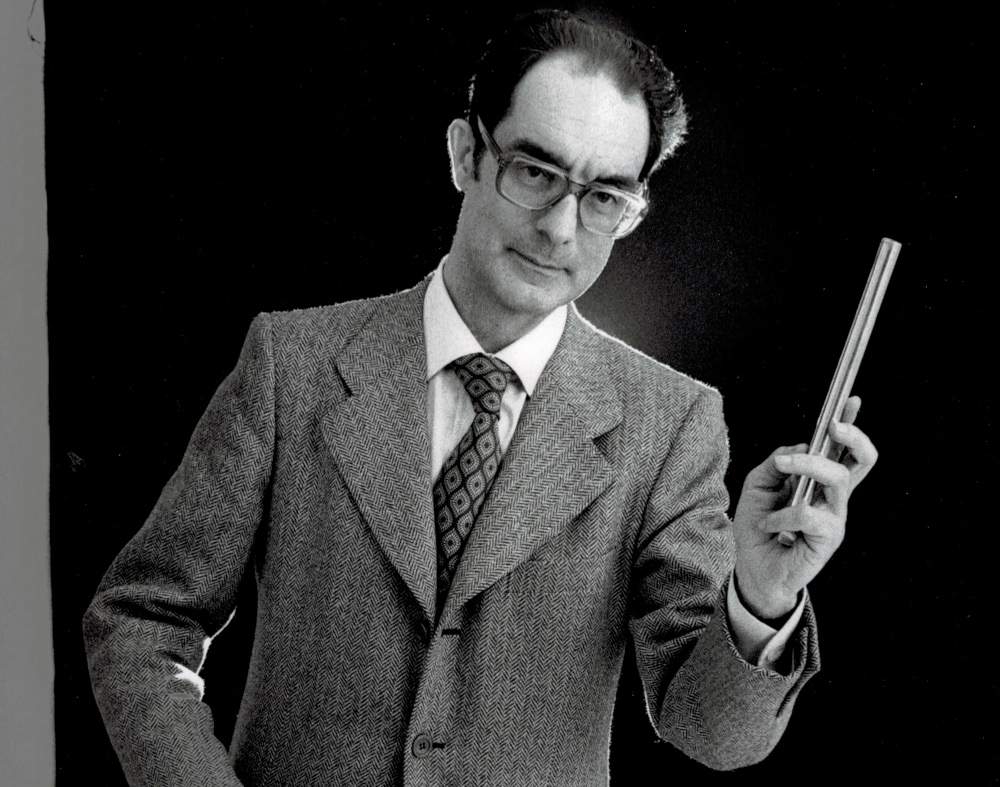At the Scuderie del Quirinale a major exhibition dedicated to Calvino for the centenary of his birth
A preview of the major exhibition dedicated to Italo Calvino (Santiago de las Vegas, Cuba 1923 - Siena 1985), which will open in October 2023 in Rome at the Scuderie del Quirinale, was presented at the XXXV edition of the Turin International Book Fair to the press and public. Curated by Mario Barenghi, organized by Ales SpA / Scuderie del Quirinale in collaboration with the publishing house Electa, the exhibition is held on the occasion of the centenary of the famous writer’s birth.
A “visual” project through the figure and work of the writer that intends to address both the public of Calvino’s admirers and young people, who are only now approaching his texts, investigating with particular attention Calvino’s relationship with the arts, thanks also to the support and availability of national and international public and private institutions and numerous artists and collectors. The goal is to visualize the writer’s creative journey by relating real environments, forms of the imaginary, visions, and theories.
The exhibition itinerary aims to be a journey through the writer’s life, choices, political and civil commitment, places, and especially his literary production and working method, which unfolds diachronically along ten sections on the two floors of the Scuderie del Quirinale. More than two hundred loans, including paintings, sculptures, drawings, illustrations by dozens of artists from the Renaissance to the present, medieval illuminated manuscripts, tapestries, armor, photographs and author portraits (such as those of Carlo Levi), all the first editions of books and the most significant ones, will reconstruct his work declined according to fundamental themes and nodes. A crucial aspect consists in the dimension (perception and representation) of space, from the cosmopolitan imprint inherited from Sanremo entre-deuxsiècles to the international openness of his parents’ scientific research, from the attraction to contemporary urban modernity to the cosmogonic projections suggested by astronomy, without ever forgetting the horizons of fairy-tale or mythological imagination.
The guiding thread of the project will be precisely the visual dimension, beginning with that image “running around in the head,” which Calvino speaks of in one of his earliest self-comments, the 1960 Note to Our Ancestors, illustrating the genesis of his works.
“The starting point is an image-”born who knows how“-which he carries around sometimes for years; little by little from the image a story begins to unravel, which gradually unfolds unexpected meanings and acquires meaning,” says the curator. “Later, different factors will trigger Calvinian imagination: cosmological theories, tarot card arcana, everyday objects. Constant, however, remains the initiation from a visual cue, of which the slow work of writing reveals the potential by giving it the form of a story.”
Art is for the author aninexhaustible source of inspiration until the end of his life so the range of references appeared wide from the beginning: the cover choices of his books (never random, never secondary, with the beloved Klee and Picasso); the writings dedicated to individual artists (Giulio Paolini, Fausto Melotti, Giorgio de Chirico, Domenico Gnoli, Saul Steinberg, Luigi Serafini, Enrico Baj, Gianfranco Baruchello, Tullio Pericoli and many others); the works and installations directly inspired by his books (Le città Invisible Cities in the first place but not only), also conceived and created for the occasion by living artists such as Emilio Isgrò; the illustrations for his volumes (such as those for Emanuele Luzzati’s Italian Fairy Tales); Toti Scialoja’s theatrical sketches; and more recent artistic experiences that can be approached for various reasons toCalvinian imagery such as those of Giuseppe Penone and Eva Jospin. Images and objects of various kinds identified according to a punctual philological research, for coherence or evocative power, will constantly dialogue in the exhibition with the words of the writer.
Juxtapositions intended to clarify the idea of a literature under the banner of repetition, multiplication, doubt, and erasure; to restore the portrait of a man of publishing and also the connection between his creative parabola and theevolution of society; to declare the co-presence of fairy tale and reality in writing or the interweaving of literature with different branches of knowledge (astronomy, anthropology, semiotics, information theory, architecture). These are just a few examples of the looks that the exhibition-kaleidoscope at the Scuderie del Quirinale will cast on Italo Calvino. A necessary tribute to the work of an author who appears today more than ever exemplary for his curious and inquisitive attention to the most varied aspects of culture and reality, always managing to project himself resolutely into the future, even in the most problematic contexts, able to speak more than others to the contemporary consciousness.
The Scuderie del Quirinale, together with Electa, are also renewing their collaboration with the Region of Liguria, the city of Genoa and the Palazzo Ducale Foundation during the Calvino centennial celebrations, in the year of Genoa as the capital of books. Next October, the city and Palazzo Ducale will pay tribute to Calvino by launching a site-specific project on the theme of fairy tales and landscape, which will conclude in the spring of 2024 with the transfer of the Rome exhibition to Genoa. For the exhibition in Rome, the publishing house Electa will publish, designed by Studio Sonnoli, a catalog-guide to the exhibition itinerary edited by Mario Barenghi and a volume of the encyclopedia series entitled Calvino A-Z, edited by Marco Belpoliti, with numerous entries entrusted to leading specialists.
Image: Mario Monge, Italo Calvino bateleur, detail (1973) © Mario Monge
 |
| At the Scuderie del Quirinale a major exhibition dedicated to Calvino for the centenary of his birth |
Warning: the translation into English of the original Italian article was created using automatic tools. We undertake to review all articles, but we do not guarantee the total absence of inaccuracies in the translation due to the program. You can find the original by clicking on the ITA button. If you find any mistake,please contact us.





























